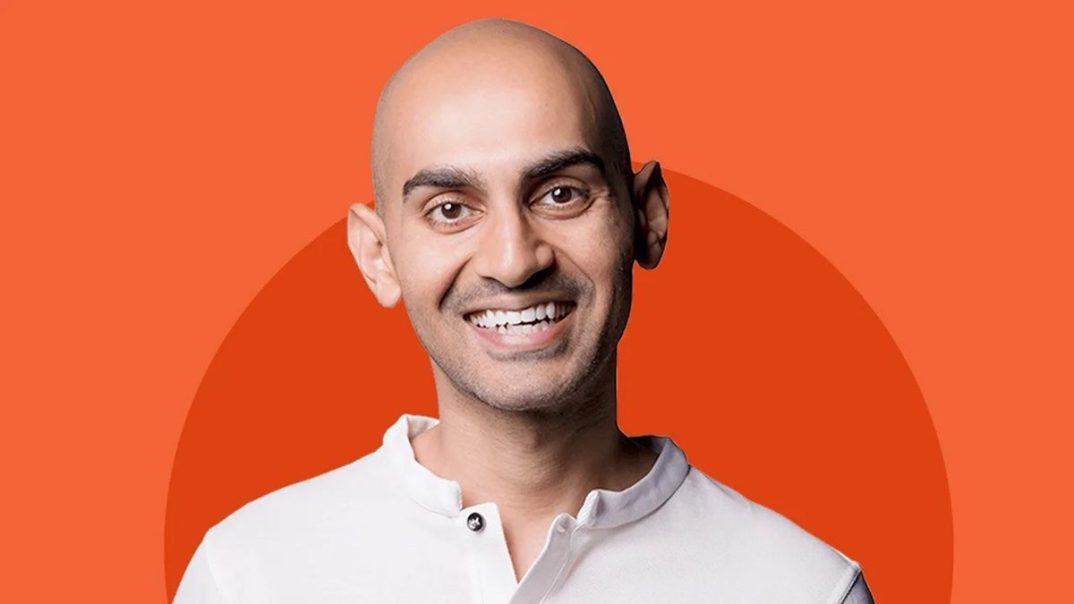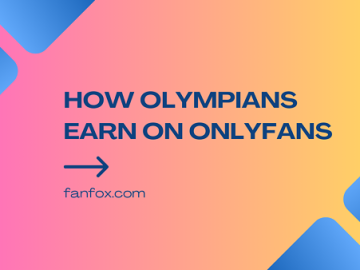New Delhi: AI can be perplexing for some marketers to understand and use in their daily operations. If you are one of those, Neil Patel, Co-founder of Neil Patel Digital, has a small piece of advice for you to get started with AI. “When it comes to AI, there are many tools available. I recommend starting with ChatGPT and trying out others like Perplexity. You’ll hear about various cool things people are doing with AI, but it’s best to start with a few simple tasks. Focus on your business KPIs and goals, and think about how AI can help you achieve them. Identify the tasks AI can assist with to better reach your objectives, and begin with those.”
On day two of the India Affiliate Summit 2024, diving deeper into the subject of affiliate marketing and AI, Patel was asked about how he sees AI contributing to affiliate marketing. Sharing his thoughts on the same, Patel said, “While many affiliate marketers run ads, we’ve found that humans typically outperform AI in creating ads. However, combining human creativity with AI yields the best results. By taking the winning variations created by humans and using AI to generate more variations, we achieve optimal outcomes.
This combination works best for managing ads, developing creative concepts, and generating numerous variations. In affiliate marketing, personalisation is crucial for converting visitors into customers, and AI can achieve this on a large scale. AI also analyses real-time data from various campaigns, identifying what’s effective. This is vital for affiliate marketers, who often have smaller teams and depend on performance-based pay.”
Commenting on how AI has personally worked out for Patel, he mentioned how AI has helped him scale his content in many regions and many languages to reach more people than he personally ever could. “I use an AI tool called HeyGen to dub my videos and now my content is available in multiple languages, helping me tap various markets that were previously inaccessible before. Many marketers can do the same as well, they can create content in one language for their primary TG and then scale to various locations using AI, saving time and money.”
Surely AI has helped Patel and his agency do things that were not possible before but he pointed out some issues with using AI as well. Sharing data to support his argument, Patel said, “A lot of AI-produced content isn’t high in quality. We experimented with 68 websites where we created 744 articles, half written by AI with human help and half by humans.
After five months, the AI-written content had 5.44 times less monthly organic search traffic than the human-written content. We found that human-written content performs better because it includes what Google calls EEAT: experience, expertise, authority, and trust.”
Diving further into the domain of marketing, the topic of AEO propped up. But, what is AEO and why is it important for digital marketers?
From the horse’s lips himself, “When we look at answer engine optimisation, especially with AI or ChatGPT, people are typing very long-tail queries into Google. According to Google’s data, there are roughly 8.5 billion searches a day, with over 600 million being questions. Questions are one of the biggest search categories. A great example is Quora, a site with questions on everything that ranks well and provides answers to various queries, like “How hard is it to be an Olympic athlete?” AI platforms aim to provide concise answers first, then go more in-depth.
To optimise for answers, your content should target long-tail keywords, not just three or four-word phrases, but eight, nine, or ten-word phrases. Ensure you answer the question directly and efficiently, keeping it short and to the point. Then, provide more detailed information for those who want to learn more. This approach helps in effectively addressing user queries and improving search rankings.”
Patel is a brand in himself but what does it take to build a personal brand and what does building one help you achieve? Is it even important to build a personal brand?
Answering this query, Patel said, “Most people don’t realise that building a personal brand requires creating a lot of content and working consistently for over three years before seeing significant traction. Consistency means pushing out content daily. However, branding isn’t everything. Many people with massive brands barely make any money. If your goal is fame, that’s fine, but if it’s to make money, you need core business skills.
I prefer buying and growing businesses. Travelling less is another goal for me, as I’d rather spend time with family. Being well-known doesn’t necessarily equate to making more money. Some of the biggest companies, like Sensora, a Fortune 10 pharmaceutical distributor, are not widely known. As a Gujarati, I value having a big company over a personal brand.”
We have all heard of the phrase “content is king” but Patel refuses to agree with that statement. In fact, his views are contrary to the phrase.
In the words of Patel, “I don’t believe content is king anymore, whether it’s words or videos. With over 4 billion pieces of content published daily on the web, the sheer volume is overwhelming. In just two days, more content is created than the number of people in the world. This includes videos, images, text, and audio. The focus should shift from quantity to quality.
We’re inundated with content, and most of it goes unnoticed. We analysed over 5 million social media posts and found that more than 58% of content had no engagement—no likes, shares, or comments. This might seem surprising, but social media algorithms only highlight content that performs well, suppressing the rest. Quality, not quantity, is what truly matters.”
Marketers, listen in! Speaking of what will be the next revolution for marketing, Patel mentioned how live selling will be the ‘next big thing’.
“The next big opportunity is live selling, where you go on camera and sell products in real-time, allowing people to buy instantly. This trend is already huge in China and is expected to roll out on a large scale globally within the next 12 months on social platforms. It’s similar to as seen on TV but now it will be seen on apps too.
Imagine holding your phone, recording, talking to people, and selling items like shoes directly to them. They can click a button and buy the products immediately. This method is poised to become a significant revenue generator,” Patel quoted.
To wrap it up, Patel spoke about what he would do differently if he could go back in time and start it all over again. “Focus. It has been a key lesson for me. I’ve done too many businesses and realised that I should have concentrated on one, doubling down for over 20 years. This would have been more beneficial in my life.
Even with my current approach of buying multiple businesses to grow, I consider it focusing on one business. We only acquire businesses that fit and enhance our current operations, specifically in the marketing field. We avoid venturing outside of marketing to maintain this focus.,” Patel concluded.





